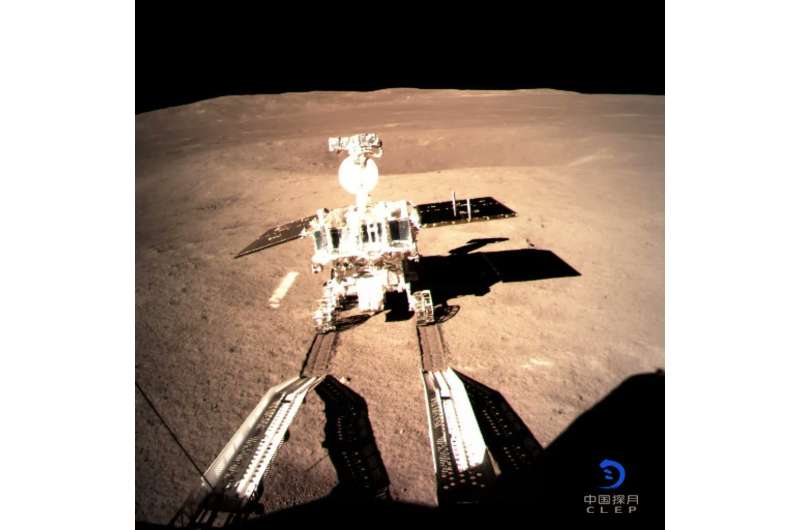This article has been reviewed according to Science X's editorial process and policies. Editors have highlighted the following attributes while ensuring the content's credibility:
fact-checked
peer-reviewed publication
trusted source
proofread
China is considering where to build a lunar research station

The second moon race is in full swing, with the world's two big superpowers angling to score a new set of firsts on the lunar surface. NASA's Artemis program recently clocked up its first success with the splashdown of Orion, but China is looking to take the lead when it comes to setting up a fully-fledged lunar research station. One of the first steps in that process—figuring out where to put it. That is what a new paper attempts to quantify, and it comes up with a practical solution—the south pole.
There are plenty of advantages to the lunar south pole. It also checks many of the boxes that the Chinese scientists were looking for when they developed their criteria for potential landing sites.
They broke those criteria into two categories—scientific and engineering constraints. Engineering constraints included considerations like the illumination a site receives, its general slope, and the ease with which explorers could access other parts of the moonscape. Scientific constraints, which this particular paper focuses on, include considerations such as water ice exposure, hydrogen abundance, and temperature.
The south pole, therefore, seems ideal, given its relative flatness and relatively constant temperature in the permanently shaded regions of some of its craters. Those craters also most likely hold the largest amount of frozen water deposits on the moon, making access to them an extremely high priority for any permanent base.
It also has access to one of the oldest basins on the moon—the South Pole—Aitken (SPA) basin. Plenty of questions about the early formation of the moon itself and the solar system could be answered more generally by looking at the soil in the basin.
To further explore the region, China plans to send a set of additional robotic explorers to continue the Chang'e program that has brought back the most recent lunar sample. The next, Chang'e 6, plans to bring back a lunar sample from the south pole specifically, and its insights might provide a better understanding of any future site.
As the program progresses, Chang'e 7 will provide a comprehensive survey of the south polar region, while Chang'e 8 will serve as a technology validation mission for some of the technologies that will be vital in constructing a base there. At the end of the program, the China National Space Agency might have enough information to implement its plan to launch an international, cooperative lunar research base. Hopefully, with that information, China will be able to bring some benefits from the moon back to Earth.
More information: Teng Hu et al, Possible sites for a Chinese international lunar research station in the lunar south polar region, Planetary and Space Science (2022). DOI: 10.1016/j.pss.2022.105623
Journal information: Planetary and Space Science
Provided by Universe Today




















